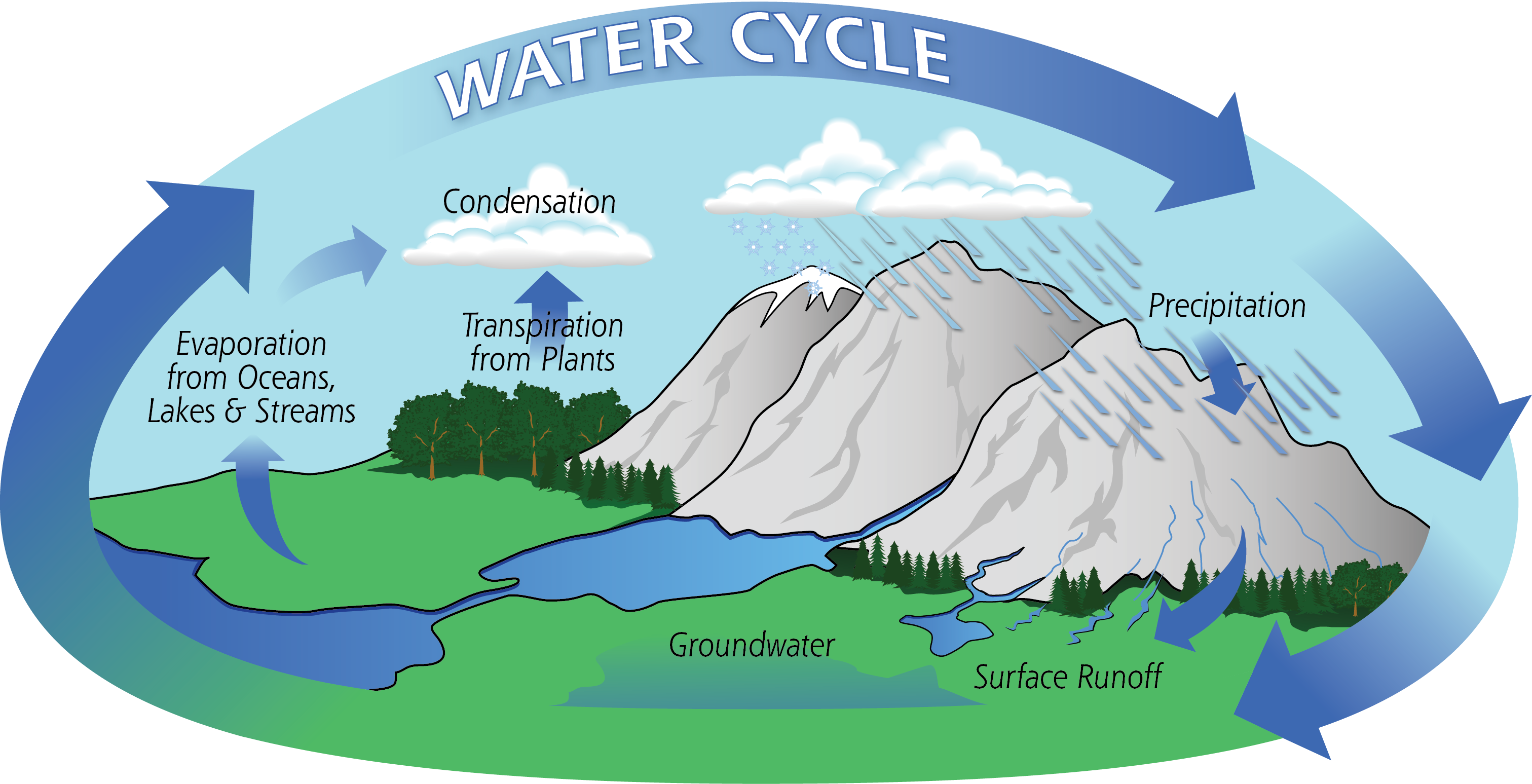For this activity, make a list of ten food items that you could take with you on your journey out to sea. Remember to think carefully about what you would take as you won’t have access to a refrigerator or freezer while at sea. Explain why you selected each food item.
Food Number 1 -
The first item of food I would choose would be Canned Tuna as it doesn’t need to be kept in a refrigerator and it gives you high-quality protein and vitamin D.
Food Number 2 -
The second food item I would take is canned beans as they would last the whole trip and will give you protein and iron. And they would make a great Breakfast!
Food Number 3 -
The third food item would be Canned Vegetables because they have all the health benefits of fresh vegetables.
Food Number 4 -
The next food item I would choose to take is beef jerky! This would be a great snack (or a meal ) As I LOVE beef jerky! One of the benefits of beef jerky is that it gives around seven grams of protein per piece.
Food Number 5 -
The next food item is cereal (Weetbix, sultana bran, Special K, etc) Breakfast is the most important meal of the day, cereal contains energy, carbohydrate, protein, and fiber which will help maintain a healthy diet.
Food Number 6 -
Milk powder is the next thing I would take on the journey. Milk powder is milk dried into a powder and turns into milk when mixed with water. Milk powder can last up to 2 - 10 years! Three cups of milk a day will meet daily nutritional needs.
Food Number 7 -
My next food item would be Potatoes as they can last up to 4-5 weeks (so the internet says.) Potatoes can also be eaten raw or cooked and can make a delicious lunch when is eaten with baked beans!
Food Number 8 -
Dried Pasta is my next food item as it can last up to 1-2 years and would make a great healthy nutritional dinner!
Food Number 9 -
My next food item would be tomato-based pasta sauce to go with the dried pasta and can be stored outside a fridge and can last for around a year without being opened and around 3 weeks if it has been opened but is still sealed tightly.
Food Number 10 -
The last food item I would pick would be rice. Rice can last outside a fridge for 4-5 years! Rice can be eaten with pretty much anything and can be eaten for any meal of the day!







